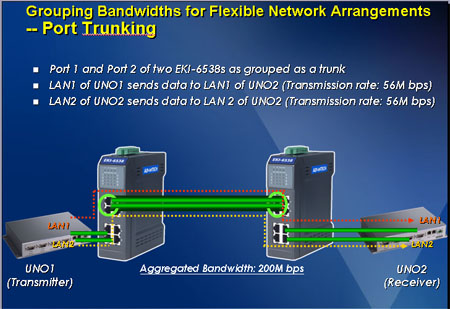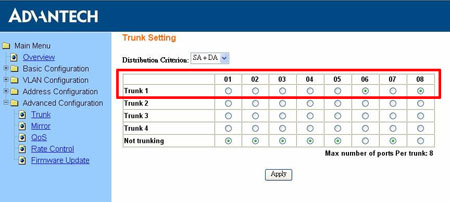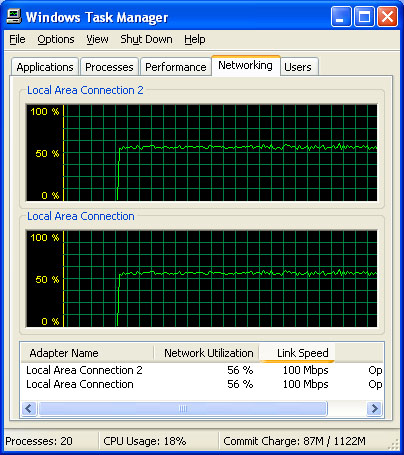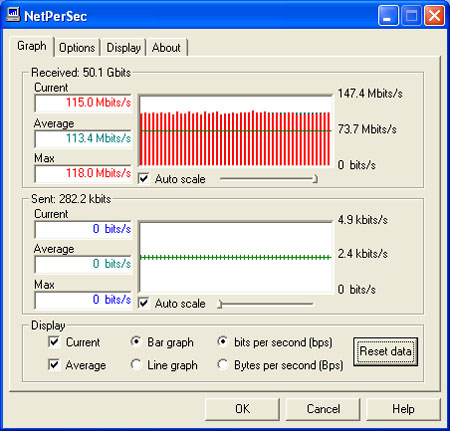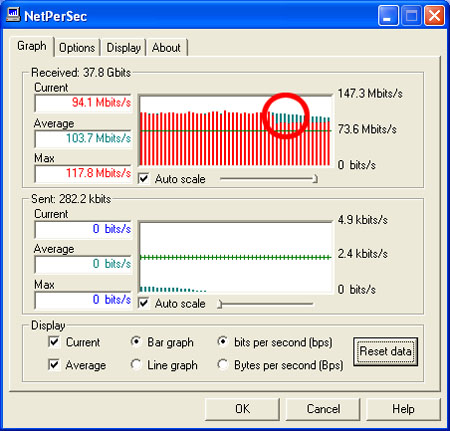
|
|||
| >
ADAMLink
Home |
|||
|
Nowadays, Ethernet communication is the most popular communication technology in the world. Ethernet is moving to the factory floor as the major network interface in industrial applications because of its greater transmission speed, higher reliability, and lower ownership cost. Moreover, with Ethernet’s open standard, we can easily integrate and share all data, from the field-level to the enterprise-level of a network. As more and more Ethernet-based devices are installed in the field, however, Ethernet communication traffic is becoming more severe. Occasionally communication performance even becomes non-effective due to the heavy traffic load. Advantech’s EKI-6538 supports 802.3ad: port trunking; it allows two or more ports on the EKI-6538 to be grouped together and act as one logical path, which can be used to increase the bandwidth between two EKI-6538s. In some cases, these paths can also provide redundancy. To simulate the performance of port trunking, we will use an UNO-2170 (as a transmitter) to generate a large number of packets which we will send to an UNO-2170 (which will act as our receiver). LAN 1 of the transmitter sends about 56 Mbps to the LAN 1 of receiver thru the EKI-6538. Meanwhile, LAN 2 of the transmitter sends about 56 Mbps of data to LAN 2 of receiver thru EKI-6538.
Figure 1: Application architecture of the simulation
Figure 2: EKI-6538 port trunking configuration page —
Figure 3: Network utilization of LAN1 and LAN2 of transmitter (>50%) In a traditional situation, the maximum bandwidth between Ethernet switches is 100M bps (according to the Ethernet standard). Performance will become worse and non-effective if the communication traffic exceeds 100M bps, However, with port trunking, we aggregated Ports 1 and 2 of the EKI-6538 together to act as a logical path, expanding the bandwidth to 200 Mbps. In this simulation, the receiver is able to receive total packets (115 Mbps) sent by transmitter.
Figure 4: Port trunking allows the receiver to receive total packets (115 Mbps) from the transmitter The other significant feature of port trunking is path redundancy. The loss of a physical path within an aggregated path reduces the available capacity, but the connection is maintained and data flow is not interrupted.
Figure 5: One physical path has failed. The available bandwidth is down to 100Mbps, but the connection is maintained and data flow is not interrupted.
|
|
||
|
|
|||
|
Advantech
Industrial Automation ADVANTECH
Automation 1320 Kemper Meadow Dr., Suite 500, Cincinnati, OH 45240.
513-742-6889 |
|||
